Skype: neodalle-travel
Tel: +86 135 7447 2266
E-mail: sales@zhangjiajieholiday.com

Anhui spans many geographical and cultural regions. The northern, flatter parts of the province, along the Huai River and further north, are most akin to neighbouring provinces like Henan, Shandong and northern Jiangsu. In contrast, the southern, hilly parts of the province are more similar in culture and dialect to other southern, hilly provinces, like Zhejiang and Jiangxi.
History of Anhui
The name "Anhui" derives from the names of two cities: Anqing and Huizhou (now Huangshan City).[5] The abbreviation for Anhui is "Chinese: 皖; pinyin: wǎn" after the historical State of Wan, Mount Wan, and the Wan river.
Anhui Province was established in the sixth year of the Reign of the Kangxi Emperor of the Qing Dynasty, before that, there was no coherent concept of "Anhui". The province also has another name of "Wan" because, during the Spring and Autumn Period (722–481 B.C.), a small country named "Wan" was here and a mountain called "Wanshan" is in the province...More Read: Anhui History
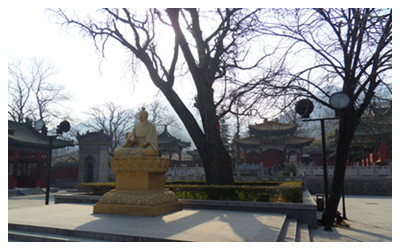 |
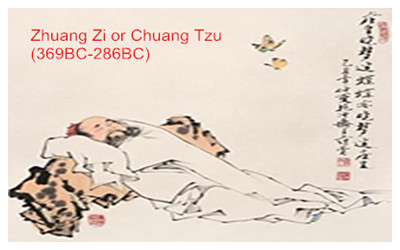 |
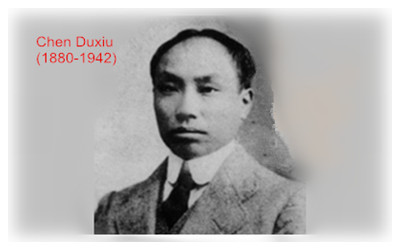 |
| Laozi, 老子 | Zhuang Zi 庄子 | Chen Duxiu 陈独秀 |
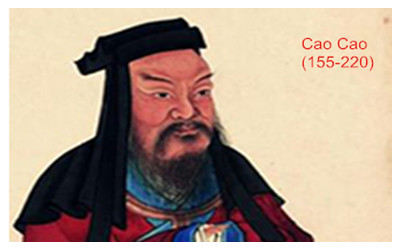 |
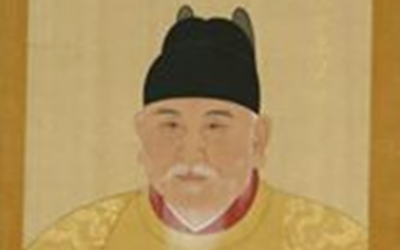 |
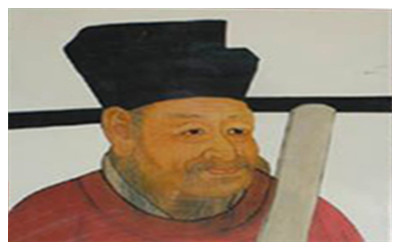 |
| Cao Cao 曹操 | Zhu Yuanzhang | Bao Zheng 包拯 |
Culture of Anhui
Huangmeixi, which originated in the environs of Anqing in southwestern Anhui, is a form of traditional Chinese opera popular across China. Huiju, a form of traditional opera originating in the Huizhou-speaking areas of southern Anhui, is one of the major precursors of Beijing Opera; in the 1950s, Huiju (which had disappeared) was revived. Luju is a type of traditional opera found across central Anhui, from east to west.
Anhui Cuisine is one of the eight great traditions of Chinese cuisine. Combining elements of cooking from northern Anhui, south-central Anhui, and the Huizhou-speaking areas of southern Anhui, Anhui cuisine is known for its use of wild game and herbs, both land and sea, and comparatively simple methods of preparation.
Hui Culture of Anhui
Anhui has a high concentration of traditional products related to calligraphy: Xuanzhou (today Xuancheng) and Huizhou (today Huangshan City) are revered for producing Xuan Paper and Hui Ink, respectively, which are traditionally considered the best types of paper and ink for Chinese calligraphy. She County is famous for the She Inkstone, one of the most preferred types of inkstones (a required tool in traditional calligraphy).
Education of Anhui
Anhui Province has some good universities. Most universities in Anhui Province are located in Hefei, Wuhu, Bengbu,Maanshan, some of them are pretty well known. Specifically, Hefeiis one of the most important research central cities in China with leading basic scientific research capability.
 Ask Questions ?
Ask Questions ?